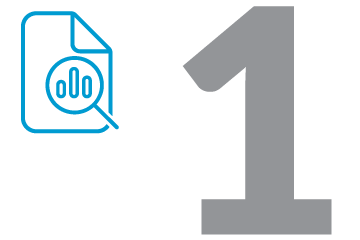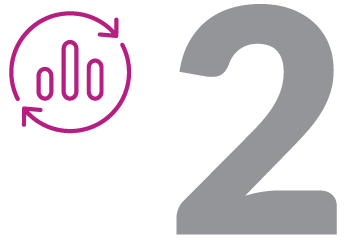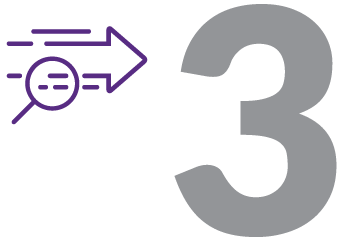Case Study: Enbridge / Union Gas

Union Gas, now a division of Enbridge Gas Inc.[1], is a Canadian natural gas storage, transmission and distribution company based in Chatham-Kent, Ont. The utility safely and reliably distributes natural gas to about 1.5 million homes, businesses and industries. It serves more than 400 communities across Ontario through a network of 70,000 km of underground pipeline.
_____________________________
[1] As of January 1, 2019, Union Gas Ltd. and Enbridge Gas Distribution amalgamated into one utility with the legal name Enbridge Gas Inc. The research reported was conducted in 2018 for legacy Union Gas.
“[PRIZM] gave us the capacity to talk with each segment and target them individually. We found that each segment liked different incentives.”
Challenge
For more than 10 years, Union Gas has used a variety of approaches to lower its mailing and printing costs by encouraging its customers to switch to electronic billing. As of September 2018, using a combination of marketing campaigns and bill inserts, Union Gas was able to convert 40 percent of its residential customers to paperless billing. However, the incentives and tactics that worked well in the past were becoming less effective, which prompted Union Gas to search for new cost-efficient and innovative strategies that would accelerate its paperless-billing initiative.
Solution
-

By integrating their customer data with the PRIZM segmentation system, Union Gas was able to identify which consumer segments had lower response rates to their paperless billing campaign. The segmentation analysis revealed five target groups that presented the most significant opportunity for improvement. By linking data from the SocialValues and Opticks Powered by Vividata databases with PRIZM, Union Gas was able to understand why those segments failed to respond to the previous campaigns and find new ways to reach them.
-

Environics Research, a sister company to Environics Analytics, conducted a survey on the five target segments within the region served by Union Gas. By focusing exclusively on the target groups identified by PRIZM, Union Gas was able to save considerable time and resources. They were able to use the targeted survey to study different incentives to see which ones would entice customers to switch to paperless billing. It also showed Union Gas that they could use smaller, more cost-effective incentives and still achieve its desired results.
-

Using data and analytics to locate target segments in the community and survey research to augment the results, the utility was able to target its messaging and incentives to each of its five key consumer groups, as well as find the most effective channel to reach them. Based on these insights, three of its target segments were given a chance to win one of several $1,000 prizes if they switched to paperless billing, but the way the message was distributed changed according to their segment. For example, two segments received this message via direct mail, while a third received the message via Facebook. The size of the incentives for consumers who switched to electronic billing varied for each target group based on the earlier analysis.

